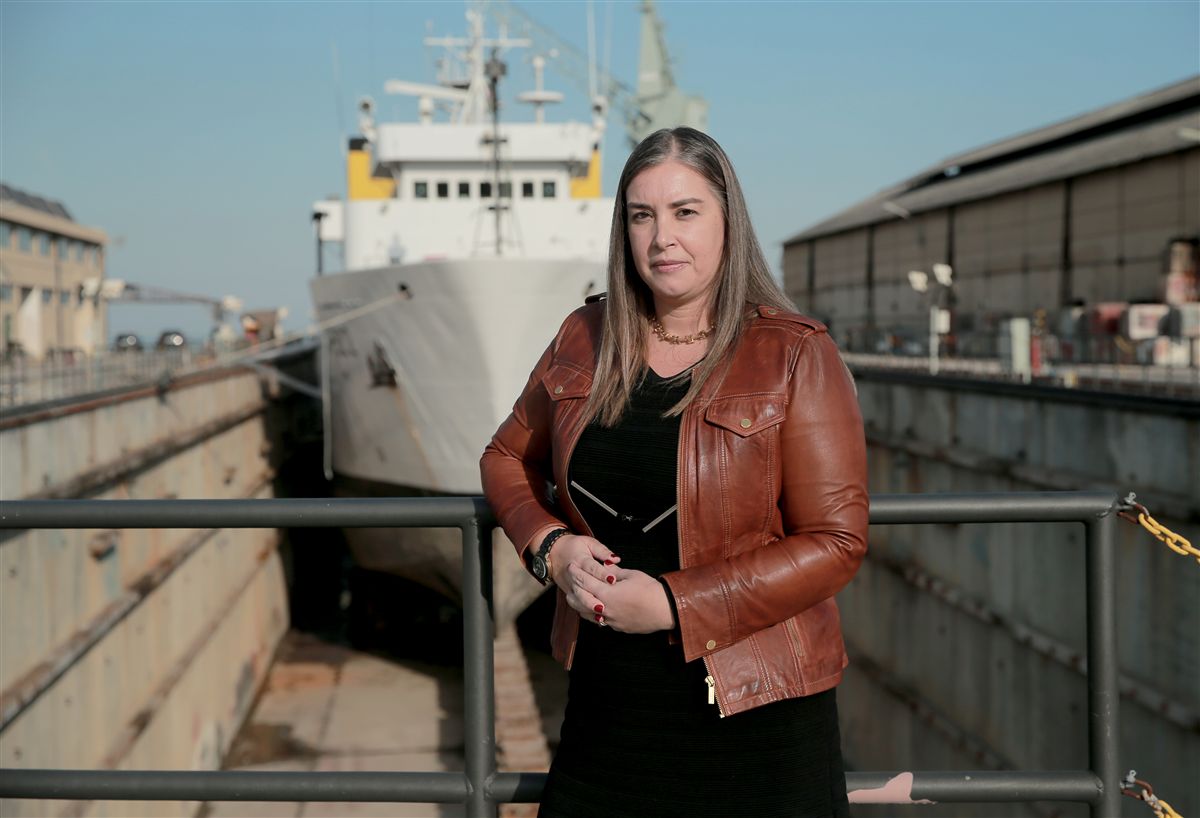Choices of the Philippine Navy:
Based on costs, it appears that there are only a few choices for the Philippine Navy to pick, even though there are many countries who appear to have excess warships that could be available for sale. Italy, for example, are selling their warships at a price way above the allocated budget of the PN, so their warships are out of the possible options.
So far, only 2 options were made known to MaxDefense as of late, although it is highly doubtful that there are any other options at the moment aside from these.
1. Joao Coutinho-class and Baptista de Andrade-class patrol corvettes from Portugal
Discussed on MaxDefense as early as December of last year, we reported that the Portuguese government has offered to sell some of their Joao Coutinho-class and Baptista de Andrade-class patrol corvettes to the Philippine Navy.
Both classes are retired, or being progressively retired from the Portuguese Navy, and will be available for transfer to any interested buyer very soon. In the Philippine context, both ship classes were inspected by officers from the Philippine Navy to determine their actual condition, and their viability for transfer. There are currently 3 Baptista de Andrade-class ships and at least 4 Joao Coutinho-class ships that are available according to MaxDefense sources. Both ship classes are not in service with the Portuguese Navy anymore, being retired a few years ago and are maintained in port while waiting for a buyer.
Based on the reports from the Joint Visual Inspection team that were sent to Portugal, the Baptista de Andrade-class are in less favourable condition than the older Joao Coutinho-class ships, and the recommendation is to forego the Baptista de Andrade-class in favour of the Joao Coutinho-class.
The ships will need refurbishing and some repair work before the actual transfer to the Philippine Navy, should it proceed with the acquisition. Among those that will require overhaul and repair works include the hull, the diesel engines, several mechanical system, and the guns and weapons mount itself.
Other works need to be done including installing a new generator and power management systems, navigation radar system, and several other electrical and electronic systems that are already beyond their lifespans or are obsolete.
The offer made by the Portuguese government for the ships are reasonable enough, since it will also include the education and training of Philippine Navy crewmembers and maintenance teams, spare parts and logistics support, and billeting in Portugal. MaxDefense won't mention the amount, but we can guarantee that it is affordable for the Philippine Navy.

The helicopter landing deck on the Joao Coutinho-class, small as it seems, is still an added feature and will be sufficient enough to allow the ship to operate PN's AW-109 Power naval helicopters, as well as ship-launched drones that allows an increase in its visual surveillance range.
The Joao Coutinho-class have been in service with the Portuguese Navy since 1970, only a few years younger than the Hamilton-class cutters acquired from the US. They were designed in Portugal and built in Spain and Germany.
They are armed with mostly similar weapons systems as the Philippine Navy's World War 2 assets, including Mk. 33 twin 76mm guns, and Bofors L70 40mm twin AA guns. The Philippine Navy has no problem operating and maintaining these weapons systems due to being familiar with them. The ships currently do not have any anti-submarine warfare system which were removed due to obsolescence and were not replaced.
The ships are powered by OEW Pielstick diesel engines, which is not new to the Philippine Navy either. The ships also do not possess advanced electronic machinery control systems, and any other advanced electronic systems that control much of the ship's operation. This means that there is nothing new for the Philippine Navy to learn much from.
The presence of a helicopter deck is also an added plus, which will allow the ship to limitedly operate PN aviation assets like the AW-109 Power naval helicopters that can increase the ship's capability.
In short, these ships are primarily newer replacements for the older World War 2-era ships, and are good force additions to a depleted fleet, and short-term replacements while new ships are being prepared for delivery to the Philippine Navy.
Based on the reports made by the PN JVI team, the ship hulls are being offered for free by the Portuguese government, and any other refurbishing, repair and rehabilitation work will be done in Portugal. The ships are found to still be good for use for at least 15 years, which complies to the procurement laws of the government which applies to military assets too. Should the Philippine Navy give a go-signal to acquire the ships by March 2017, they stand to bring these ships into active duty by 3rd or 4th quarter of 2017 at the earliest.
http://maxdefense.blogspot.pt/





